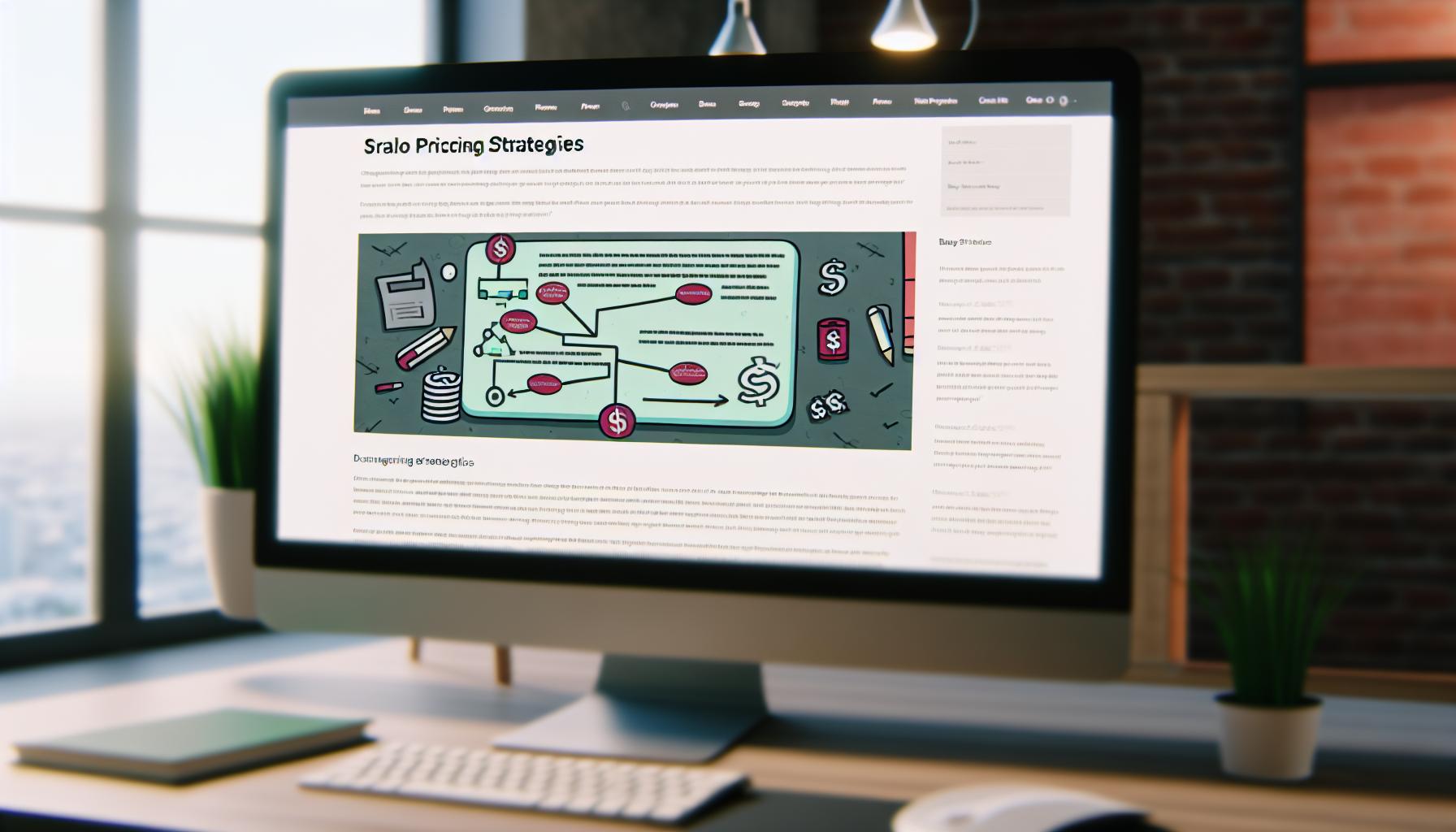The Ripple Effects of Neglecting Your Sales Process
In the dynamic world of sales, the absence of a structured and efficient sales process can lead to significant challenges and missed opportunities. A...
2 min read
Brian Polackoff
:
Feb 13, 2024 10:27:00 AM

For small Software as a Service (SaaS) businesses, determining the right pricing strategy can be a daunting challenge, yet it's crucial for attracting and retaining customers while ensuring sustainable growth. Your pricing model not only influences how customers perceive your product but also directly impacts your revenue and profitability. In this article, we'll explore various pricing models suited for SaaS businesses, guide you on setting the right price, and offer strategies for implementing pricing changes effectively.
The freemium model offers a basic version of your software for free, while premium features are locked behind a paywall. This model can be particularly effective in attracting a large user base quickly, as it lowers the entry barrier for potential customers to try your product. The challenge lies in balancing what's offered for free and what requires payment, ensuring enough value in the premium tier to convert users.
This model charges customers a recurring fee for using your software, typically on a monthly or annual basis. Subscription models offer predictable revenue and can be tiered based on features, usage quotas, or the number of users, catering to different customer segments.
Also known as pay-as-you-go, this model charges customers based on their usage of your product. It's highly flexible and can be attractive for customers with variable usage patterns, but it requires transparent tracking and reporting mechanisms to ensure customers understand what they're being charged for.
Tiered pricing structures offer several packages with increasing levels of features and capabilities. This model caters to a broad range of customers, from small startups to large enterprises, allowing them to choose the tier that best suits their needs.
Begin by calculating the total cost of delivering your product, including development, support, and operational costs, and then add a margin on top. While straightforward, this method doesn't consider customer perceived value or market conditions.
This approach focuses on the perceived value your product offers to customers. It requires a deep understanding of your customers' needs and how they benefit from your product. Surveys, customer interviews, and competitor analysis can provide insights into how much customers are willing to pay based on the value they receive.
Analyzing your competitors' pricing can provide a benchmark. However, ensure your pricing reflects your product's unique value proposition and how it stands out in the market. Simply undercutting competitors' prices may not be sustainable in the long run.
Any changes to your pricing should be communicated to your customers well in advance. Explain the reasons for the change, the benefits to the customer, and how the new pricing will be implemented. Transparency builds trust and can mitigate negative reactions.
Consider grandfathering existing customers into their current pricing for a certain period. This shows appreciation for their early support and can help smooth the transition to new pricing for your user base.
For new pricing tiers or models, offering limited-time discounts or incentives can encourage customers to upgrade or sign up under the new structure.
After implementing a pricing change, closely monitor customer feedback and be prepared to make adjustments. Your pricing strategy should be flexible to adapt to market demands and customer needs.
Choosing the right pricing strategy for your SaaS business is a dynamic process that requires continuous evaluation and adaptation. By understanding the pros and cons of different pricing models, determining your price based on costs, value, and competition, and implementing changes with care, you can develop a pricing strategy that attracts customers, meets their needs, and drives your business forward. Remember, effective pricing is not just about covering your costs or maximizing profits; it's about creating a perceived value that resonates with your customers, encouraging loyalty and fostering growth.

In the dynamic world of sales, the absence of a structured and efficient sales process can lead to significant challenges and missed opportunities. A...

In the modern workspace landscape, the concept of remote work has gained immense popularity, especially within the realm of Software as a Service...

Understanding Project Management in SaaS Project management in Software as a Service (SaaS) involves overseeing the development and implementation of...